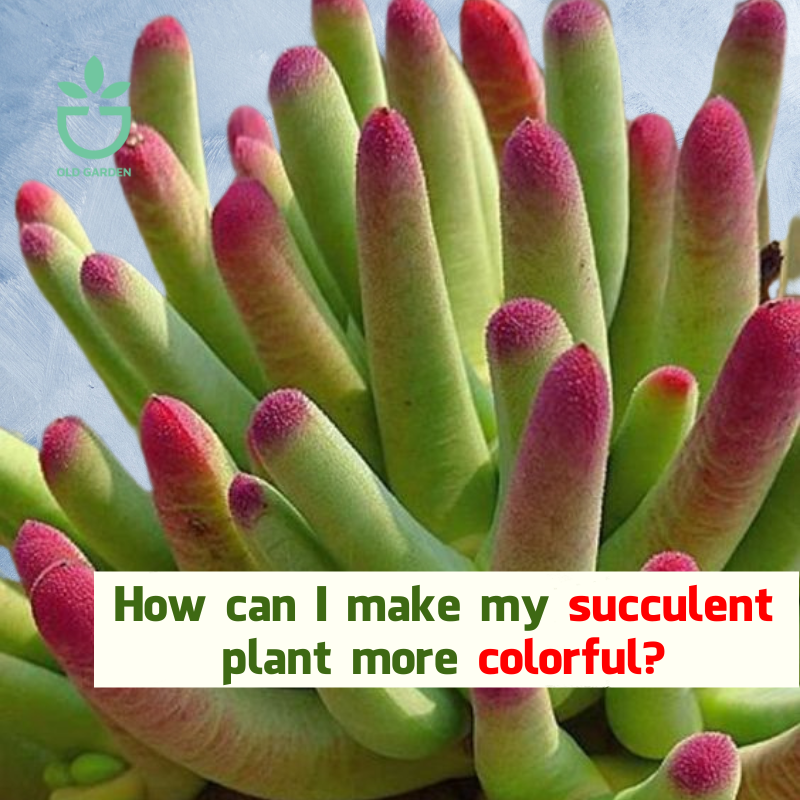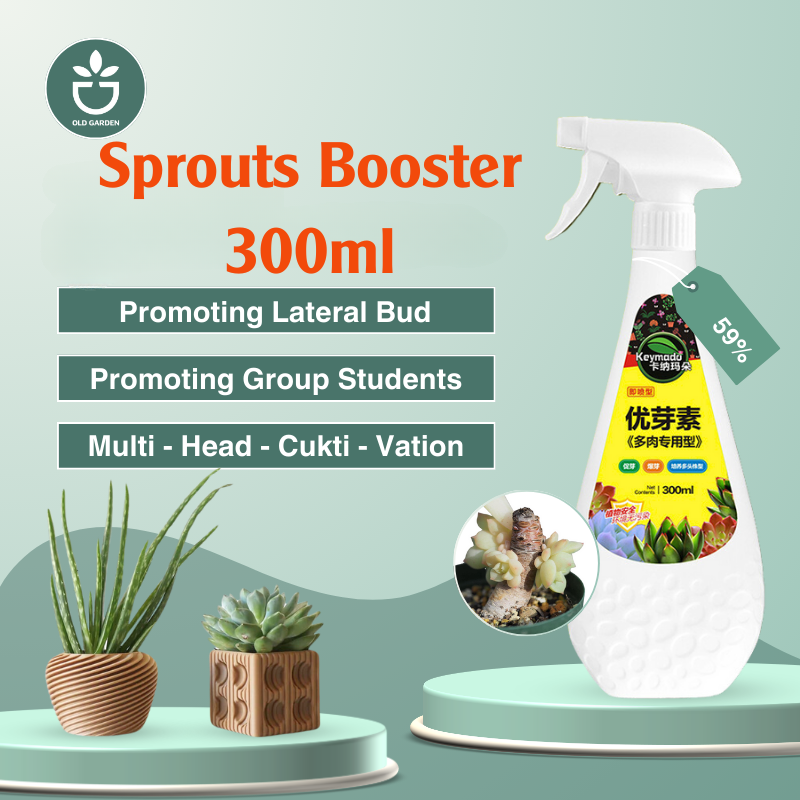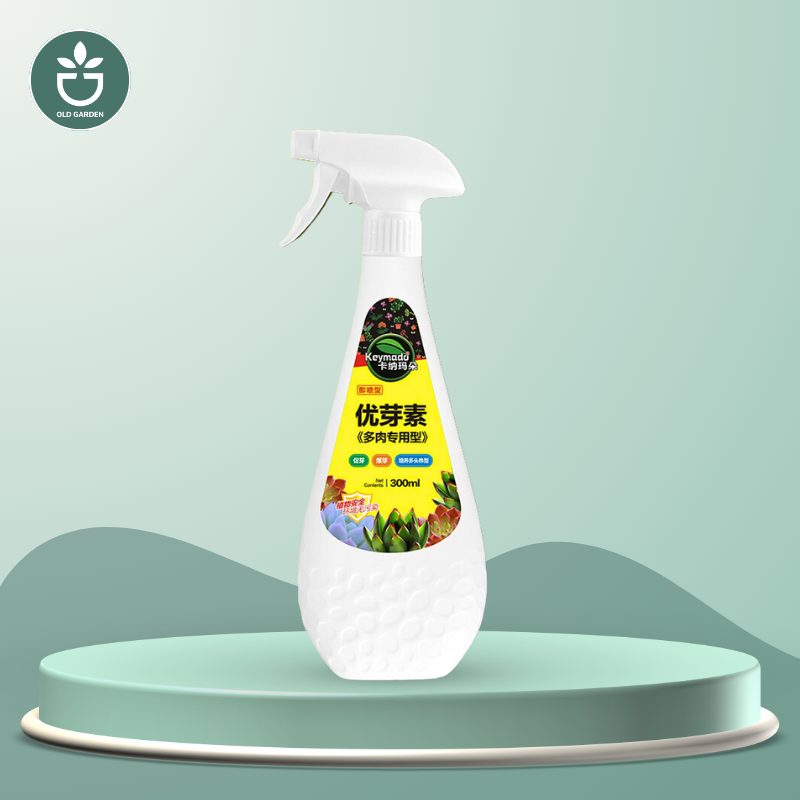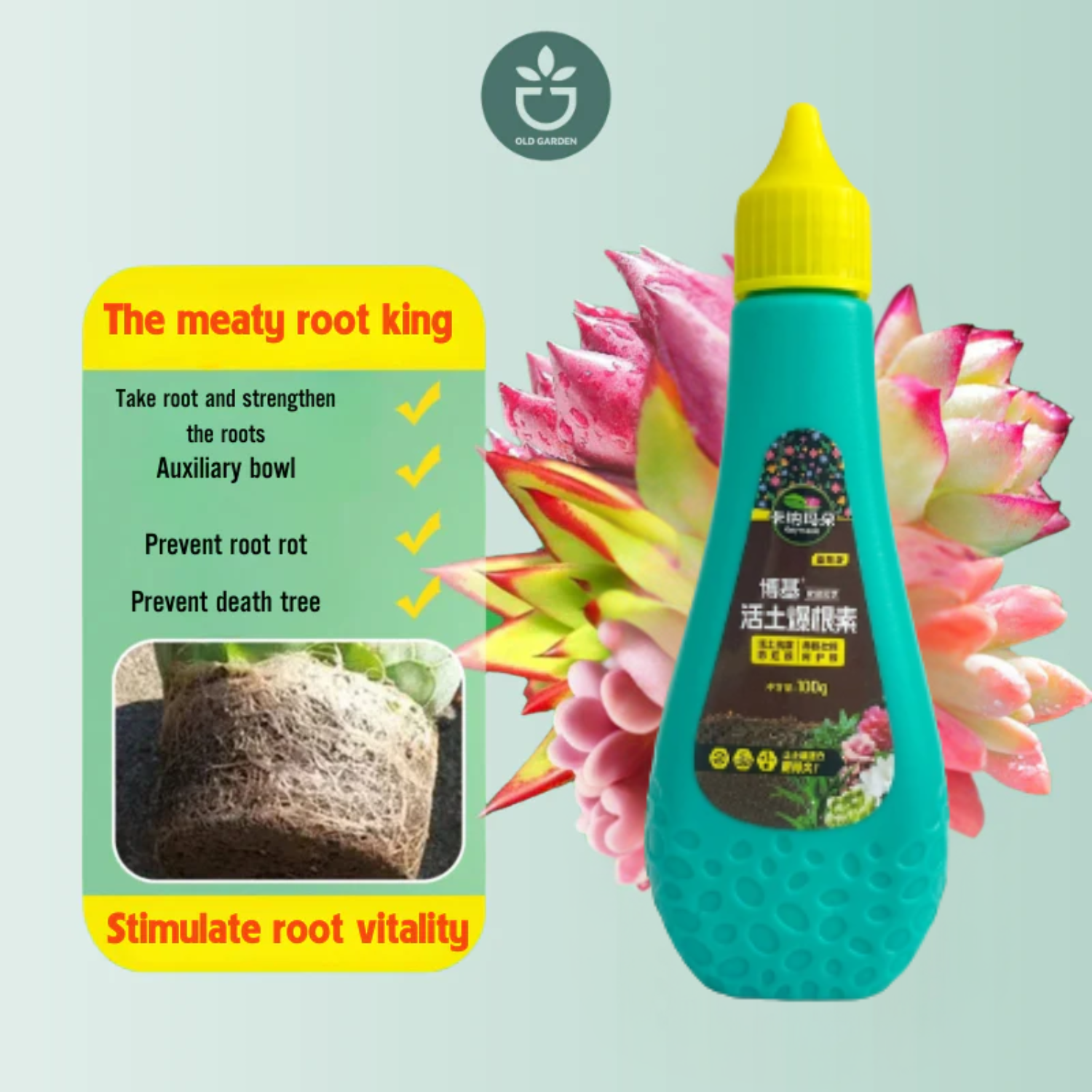Introduction
Succulents are popular houseplants known for their colorful varieties. The vibrant hues of succulents are one of the main reasons they are so sought-after by plant enthusiasts. The sculptural forms and texture of succulents pair beautifully with their unique colors to create visually striking plants. From bright reds and oranges to muted blues and purples, succulents come in a rainbow of colors.
While some succulents naturally display colors as they mature, most coloring is influenced by environmental factors. With the right care, you can bring out extraordinary colors in many succulent varieties. This guide covers tips and techniques for maximizing the color potential of your succulents through propagation, soil, sun exposure, temperature, water, fertilizer and more. Read on to learn how to grow a colorful succulent collection that will add a pop of color to your indoor or outdoor spaces.

Why Color Succulents
Succulents come in a huge range of colors, which is part of what makes them so popular as houseplants. Their diverse colors allow you to add unique decoration to your home and express your personality through your plant choices.
While green is the most common succulent color, they come in shades of red, orange, yellow, pink, purple, black, blue, and more. Some even have mixed colors or change colors depending on sun exposure or temperature. The wide color spectrum lets you match succulents to your home's style.
For example, blue or purple succulents can complement modern or bohemian decor. Red and orange varieties add vibrant pops of color to any space. Pastel-colored succulents create a soft, soothing look. Their colors make succulents ideal statement pieces. You can also coordinate succulent colors to holidays and seasons. Orange, red, and yellow succulents fit fall decor. Pastels work for spring. Frosty blue or white succulents match winter themes. Their colors let you customize displays.
Succulents require minimal care compared to most houseplants, so their colors provide low-maintenance, long-lasting decor. Choosing succulents in your favorite hues allows you to incorporate your personality into your living space.
How Succulents Get Color
Succulents come in a wide variety of colors thanks to natural pigments and stress coloring.
- - Natural Pigments: Many succulents naturally contain pigments that give them vibrant colors. These include anthocyanins that create red, purple, and blue hues; carotenoids for yellow, orange, and red shades; and chlorophyll for greens. The specific combination and concentration of pigments present determines the succulent's resulting color.
- - Stress Coloring: Succulents can also develop more intense colors when "stressed." Things like sunlight exposure, temperature changes, and dry conditions can trigger stress coloring. The stress causes the succulent to produce more protective pigments. For example, many succulents turn red or purple when exposed to more sun. This helps shade and protect the plant. Stress coloring is a survival mechanism that can make succulents even more colorful.
Propagation for Color
Propagating succulents from leaf cuttings or offsets is the best way to replicate colorful varieties. When selecting parent plants look for specimens with vibrant, intense color as this is most likely to carry through. Take cuttings from the most colorful leaves or offsets when plants are actively growing in spring and summer.
For leaf cuttings, gently twist off leaves at the stem. Allow the cut end to callous and dry for a few days before planting in well-draining soil. Bury just the bottom 1/3 of the leaf. New baby plants will sprout at the base of the leaf.
For offsets, use a clean knife or shears to detach baby plants from the mother plant. Allow to dry for 2-3 days before replanting.
Keep in mind that propagation does not produce identical clones. Even when selecting the most colorful leaves, the resulting plants may exhibit variations in color intensity and pattern. Achieving consistent, vivid coloring requires selecting over multiple generations.

Soil Composition
The soil composition is critical for bringing out vibrant colors in succulents. The main factors to focus on are soil nutrients, pH, and drainage.
Soil Nutrients
Succulents thrive in nutrient-poor soil. Too many nutrients can lead to excessive growth and prevent the plant from producing anthocyanins, the pigments that create rich reds, purples, and blues. Use a specialist cactus/succulent soil or mix your own using equal parts potting soil, coarse sand, perlite or pumice. Avoid using compost or other nutrient-rich amendments.
pH
Most succulents prefer a slightly acidic soil with a pH between 6.0-6.5. Alkaline soils above 7.0 will yield green succulents rather than vibrant colors. Test the pH regularly and amend with sulfur or peat moss to lower pH as needed.
Drainage
Excess moisture prevents roots from uptaking nutrients and allows salts to accumulate, inhibiting color. Use a fast-draining soil and pot with drainage holes. Add perlite, pumice, gravel or sand to improve drainage. Allow the soil to dry between waterings fully. Proper drainage encourages colorful pigment production.
Sun Exposure
Succulents need adequate sunlight to thrive and produce the most vivid colors. During the active growing season (spring and summer), most succulents prefer several hours of direct sun daily. Direct sun helps stimulate the production of colorful pigments like anthocyanins and carotenoids in the leaves and stems.
Full sun is ideal for succulents known for intense colors like Echeveria, Graptopetalum, and Sedum varieties. Provide at least 4-6 hours of direct sunlight per day. Morning sun is gentler than hot afternoon sun in many climates.
For succulents with variegated leaves, some afternoon shade may prevent leaf scorching. Variegated varieties like Haworthia and Crassula grow well with about 3-5 hours of sun.
Indoors, placing succulents near a bright south or west facing window provides adequate light. Rotating plants periodically prevents one side from stretching toward the light. Grow lights can supplement natural sunlight in low light conditions.
Proper sun exposure brings out the best color in succulents. Pay attention to your specific variety's light needs to keep them looking vibrant. With the right amount of sun, the dazzling hues of your succulents will shine.
Temperature
The ideal temperature range for succulents to thrive and produce vibrant colors is between 60-80°F (15-27°C). Cooler temperatures in the 50-60°F (10-15°C) range can also bring out rich purple and red pigments in some varieties.
Temperatures that are too hot, above 80°F (27°C) for extended periods, can fade or dull the colors. The pigments that cause the vibrant hues are sensitive to heat. High temperatures can also encourage etiolation, where the succulent stretches out and becomes leggy looking for sunlight.
Aim to keep your colorful succulents in a temperature-controlled environment. Indoors near a sunny window is ideal. Outdoors they prefer the morning sun when it is cooler. Provide shade from intense afternoon sun in hot climates.
Pay attention to seasonal shifts in temperature as well. You may need to adjust the sunlight exposure to prevent overheating in summer or add a heat source like a grow light in winter. Sticking within the optimal 60-80°F range will bring out the best colors year-round.
Water
Succulents typically don't need as much water as other plants, but watering techniques and frequency are still important for optimal growth and color. Here are some tips:
- - Let the soil dry out completely between waterings. Succulents store water in their leaves and stems, so overwatering can lead to rot. Wait until the soil is bone dry before watering again.
- - Water deeply and thoroughly when you do water. Give the plant enough water so it runs out the drainage holes at the bottom. This encourages deeper root growth.
- - In general, water 1-2 times per month during cooler months and up to once a week during hot, dry periods. Adjust as needed based on your climate and the plant's needs.
- - Water in the morning so the leaves have time to dry out during the day. Wet leaves overnight can cause rot.
- - Use well-draining soil and containers with drainage holes. This prevents soggy soil from suffocating roots.
- - Consider bottom-watering for some varieties. Set the pot in a tray of water and let the soil soak it up from the bottom. This prevents wetting the leaves.
- - Cut back on water for dormant plants in winter.
- - Increase water for actively growing plants in spring and summer.
- - Monitor for signs of under or overwatering. Adjust your techniques accordingly. Proper watering helps succulents thrive and keeps their colors vibrant. Pay close attention to their needs.

Fertilizer
Fertilizer can help enhance the color of succulents when used properly. The key is to use a balanced fertilizer that is specially formulated for succulents and other cacti. Avoid using too much nitrogen, which can lead to excessive green growth rather than vivid colors.
Type of Fertilizer
Look for cactus fertilizers that contain macro and micronutrients succulents need. The NPK ratio should be relatively low, such as 5-7-7 or 8-8-8. Timed-release or slow-release fertilizers are ideal since they provide a steady supply of nutrients over an extended period.
Frequency
During the active growing season (spring through summer), fertilize succulents every 2-4 weeks according to the package directions. It's best to fertilize lightly but frequently for the best color. Avoid fertilizing in fall and winter when plants are dormant.
Feeding too much or too frequently can burn roots or lead to leggy growth. If fertilizer builds up in the soil from overfeeding, you may need to leach the soil with water to wash away excess salts.
Common Colorful Varieties
Succulents come in a wide range of colors and varieties. Here are some of the most popular and colorful succulents to consider:
Echeveria
Echeveria are some of the most popular succulents grown for their rosette shape and range of colors. Some colorful varieties include:
- - Echeveria 'Black Prince' - Near black foliage that looks almost black.
- - Echeveria 'Perle Von Nürnberg' - Rosettes of purple and pink leaves.
- - Echeveria 'Rainbow' - Leaves that change from green to pink to red depending on sunlight exposure.
- Sedum (Stonecrop)
Sedums are known for their interesting leaf colors and shapes. Some colorful sedums are:
- - Sedum rubrotinctum 'Aurora' - Green leaves with red tips.
- - Sedum spurium 'Tricolor' - Green, pink and white variegated leaves.
- - Sedum adolphii 'Lime Gold' - Lime green and yellow leaves.
Graptopetalum
Graptopetalums have thick leaves in rosette shapes and great coloration:
- - Graptopetalum paraguayense - Ghost plant with pale blue-gray leaves.
- - Graptopetalum 'Muriki' - Leaves range from pink to yellow.
- - Graptopetalum amethystinum - Deep purple leaves.
Aeonium
Aeoniums have colorful rosettes on branching stems. Some varieties include:
- - Aeonium 'Sunburst' - Chartreuse yellow leaves.
- - Aeonium 'Zwartkop' - Deep purple, nearly black leaves.
- - Aeonium 'Kiwi' - Lime green and yellow variegated leaves.






1 comment
Janine dunn
What I’d like to know is what your color enhancer is and how it makes plants more colorful. Also how often should I uuse it? Spray lightly or a lot? Thank you so much!
Janine